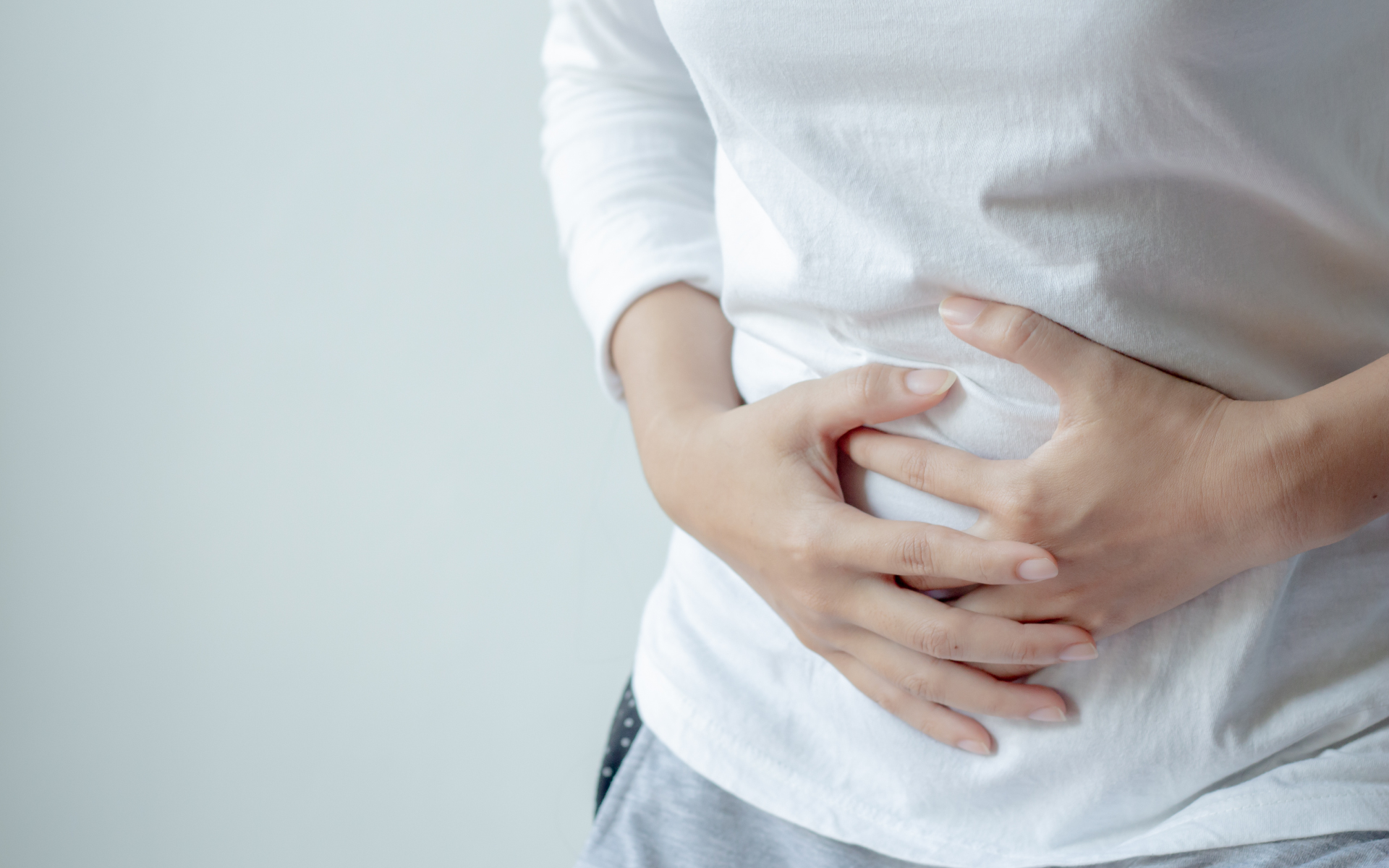Xenoestrogens are a subcategory of endocrine-disrupting chemicals (EDCs) that impact hormone levels. They have oestrogen-like effects that can mimic natural oestrogens in the body and alter the microbiome’s composition to affect oestrogen metabolism.
There are over 1,000 chemicals classified as EDCs due to their disruption of hormones. Xenoestrogens are EDCs that copy the behaviour of oestrogens inside the body. Xenoestrogens comprise one category of EDCs that interfere with our endocrine or hormonal systems.
When xenoestrogens enter the body through ingesting contaminated food, breathing substances in the air, or absorption through the skin, they increase the total amount of oestrogen in the body. Since xenoestrogens are stored in fat cells, they can be reintroduced into the bloodstream and disrupt hormonal balance, which contributes to excess oestrogen levels. From there, oestrogen is then metabolised through detoxification in the liver.
Of the 921 chemicals identified over 90% are ones which we are commonly exposed to via consumer products, personal care, food, pesticides and more.
Supporting your detoxification systems is one way to help reduce oestrogen levels.
The most common signs of oestrogen imbalance that can result from xenoestrogen toxicity include:
- Bloating and digestive upset
- Acne
- Low libido
- Heavy, light, or irregular periods
- Tender, swollen, and/or fibrocystic breasts
- Headaches
- Weight gain
- Hot flashes
- Mood swings
- Polycystic ovarian syndrome (PCOS)
If you make changes to the products you use and the foods you eat, you will be making positive changes to support oestrogen levels in the body and reducing risk of oestrogen related cancers.
